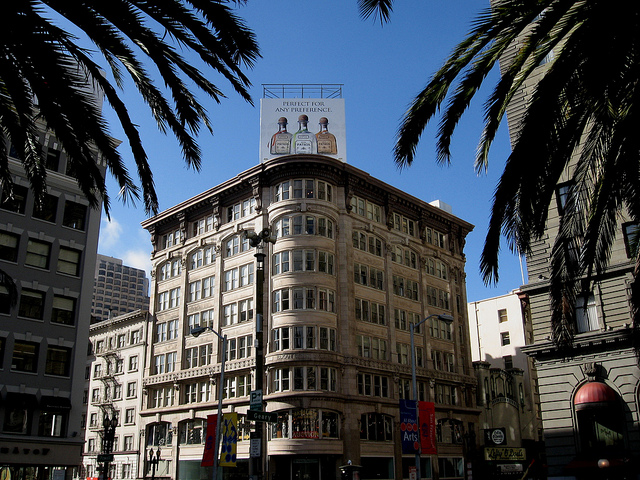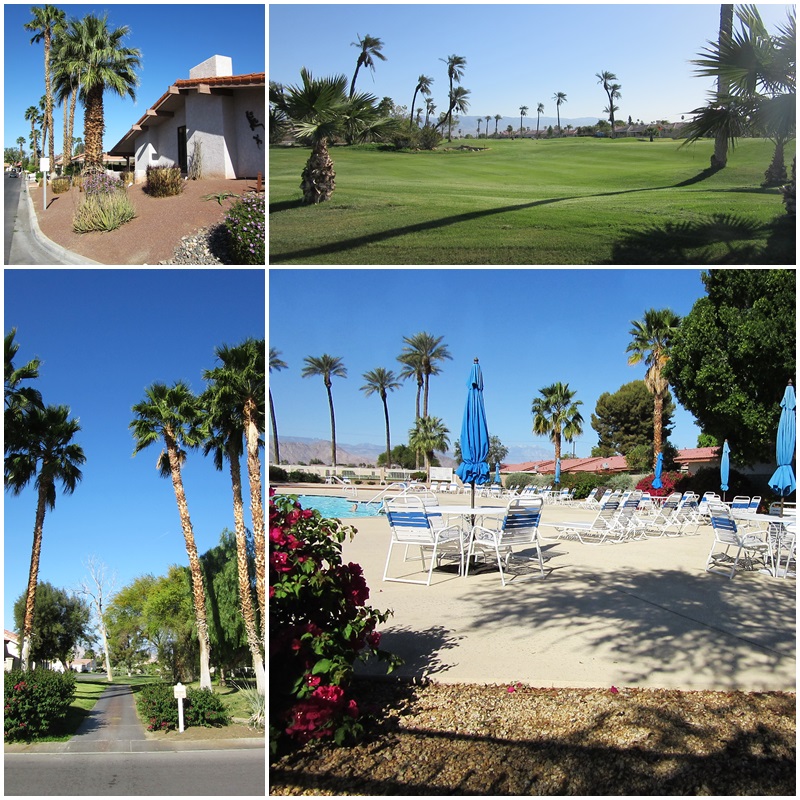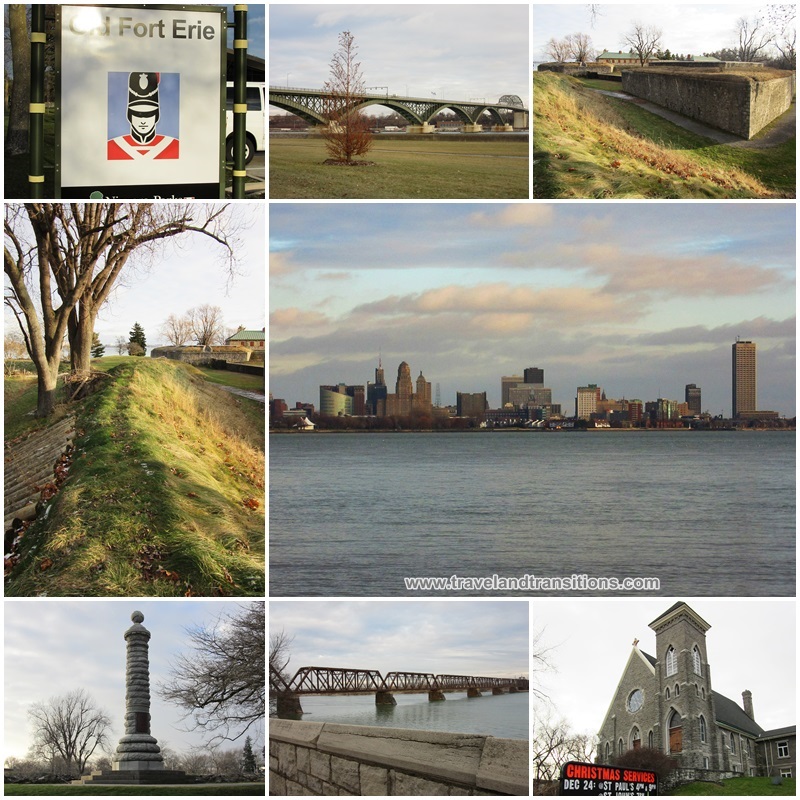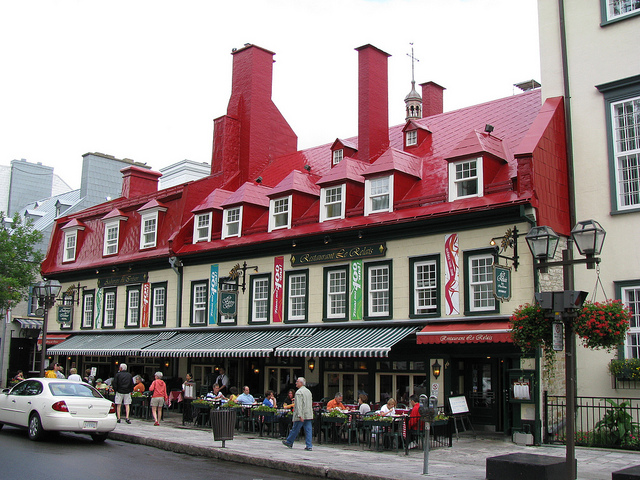In anticipation of my upcoming trip to Ottawa next weekend I have started to do some research and contacted Ottawa Tourism. Ottawa, as Canada’s capital, is one of Canada’s most popular travel destinations and it has a great variety destinations, activities and events to offer.
I had an opportunity to talk with Jantine Van Kregten from Ottawa Tourism who was kind enough to give me a great general overview of things to see and do in Ottawa.

Night-time panorama of Ottawa at night, featuring the Canadian Museum of Civilization in the front
1. Please provide us with some general information about Ottawa. How large is the city, where is it located, what is the weather like?
Ottawa is the capital of Canada, and its fourth largest city. With the neighbouring city of Gatineau in the province of Quebec, the region has about 1.2 million people. Ottawa is located in eastern Ontario, about four hours’ drive northeast of Toronto; two hours west of Montreal; and one hour north of the border with the state of New York.
Ottawa enjoys four distinct seasons, with warmest temperatures and sometimes high humidity in July and August; a temperate fall with gorgeous fall colours; a cold and snowy winter; and a wet spring.
Skating past the National Arts Centre on the Rideau Canal
2. How can one get to Ottawa and what is the best way of getting around in Ottawa?
Ottawa is accessible with direct flights from major centres in Canada and several U.S. cities including New York, Washington, Chicago, Philadelphia, Detroit, Atlanta and more. Ottawa is a major stop along the Windsor-Quebec City corridor of VIA Rail and bus service also links the city with other Canadian cities.
By car, major thoroughfares include Highway 416 that links Ottawa with Highway 401. Highway 417 runs through the city, while Autoroutes 5, 50 and 148 are the major highways on the Quebec side of the river.
The National Gallery of Canada at night
3. Ottawa is Canada’s capital and has played a significant role in the history of this country. Please tell us more about that and the Canadian Heritage Experiences offered in Ottawa.
The story of Ottawa begins with the building of the Rideau Canal between 1826 and 1832 by Lt. Col. John By of the Royal Engineers and thousands of mostly Irish labourers. The Canal stretches 202 km (126 miles) through eastern Ontario to the St. Lawrence River and was built to ensure a supply line in case of American attack (which never came). The Canal was never used for a military purpose and its 49 locks are still operated in the same way as when they were built. In fact, the Rideau Canal is Canada’s nominee to be named a UNESCO World Heritage Site, which is expected in 2007, the 175th anniversary of its construction.
Queen Victoria decreed in 1857 that Ottawa would be the capital of the country that became Canada. The majestic Parliament Buildings were constructed shortly thereafter and remain a “must-see” attraction in the capital. As the capital, Ottawa is also home to 24 Sussex Drive (the prime minister’s residence and not open to the public); Rideau Hall (home of the Governor General, with guided tours of residence and gardens available); and dozens of high commissions and embassies from governments around the world.
Don’t miss Laurier House, home to both Sir Wilfrid Laurier and WIlliam Lyon Mackenzie King, two former prime ministers, or the Mackenzie King Estate, King’s summer home in Gatineau Park.

Ottawa’s beauty in the fall
4. Please tell us about some of the major attractions, museums and galleries in the Ottawa area.
The latest addition to the national museum scene is the impressive Canadian War Musuem, which opened in May 2005 in a stunning location next to the Ottawa River. Canada’s most-visited museum is Gatineau’s Canadian Museum of Civilization. The National Gallery of Canada offers the largest collection of Canadian art, along with European and American masters. Other cultural facilities include the Canadian Museum of Contemporary Photography; the Canada Aviation Museum; the Canada Science and Technology Museum; the Canada Agriculture Museum; the Royal Canadian Mint; the Currency Museum of the Bank of Canada; and the Canadian Museum of Nature, currently in the midst of a massive renovation project, to be completed in 2009.
Other museums include the Bytown Museum, which tells the history of Ottawa’s early days, including the building of the Rideau Canal; the Billings Estate Museum that traces the history of a prominent local family; and the funky Diefenbunker, Canada’s Cold War Museum, a four-storey underground bunker that was constructed between 1959 and 1961 as the location to which the Canadian political and military elite would ride out the effects of a nuclear attack.
Skating on the Rideau Canal, the World’s Longest Icerink
5. Our readers would like to find out about the festivals and special events in Ottawa.
The festival scene in Ottawa is a robust, year-round affair. The year kicks off with Winterlude, a huge winter festival held over the first three weekends in February. In March, the Irish community celebrates Irish week, and in March and April, the maple syrup season spawns a number of delicious festivals and events celebrating this tasty treat.
May belongs to the Canadian Tulip Festival–three weeks of celebration of Ottawa’s favourite flower. During World War II, the Dutch royal family took refuge in Ottawa and Princess Margriet was born here, in a hospital room designated Dutch soil for the event. Canadians played a huge role in liberating the Netherlands and when the royal family returned home after the war, as a gesture of friendship, respect and appreciation, they sent thousands of tulip bulbs. The bulbs have followed every year since and now 3,000,000 tulips bloom in Canada’s Capital Region.








